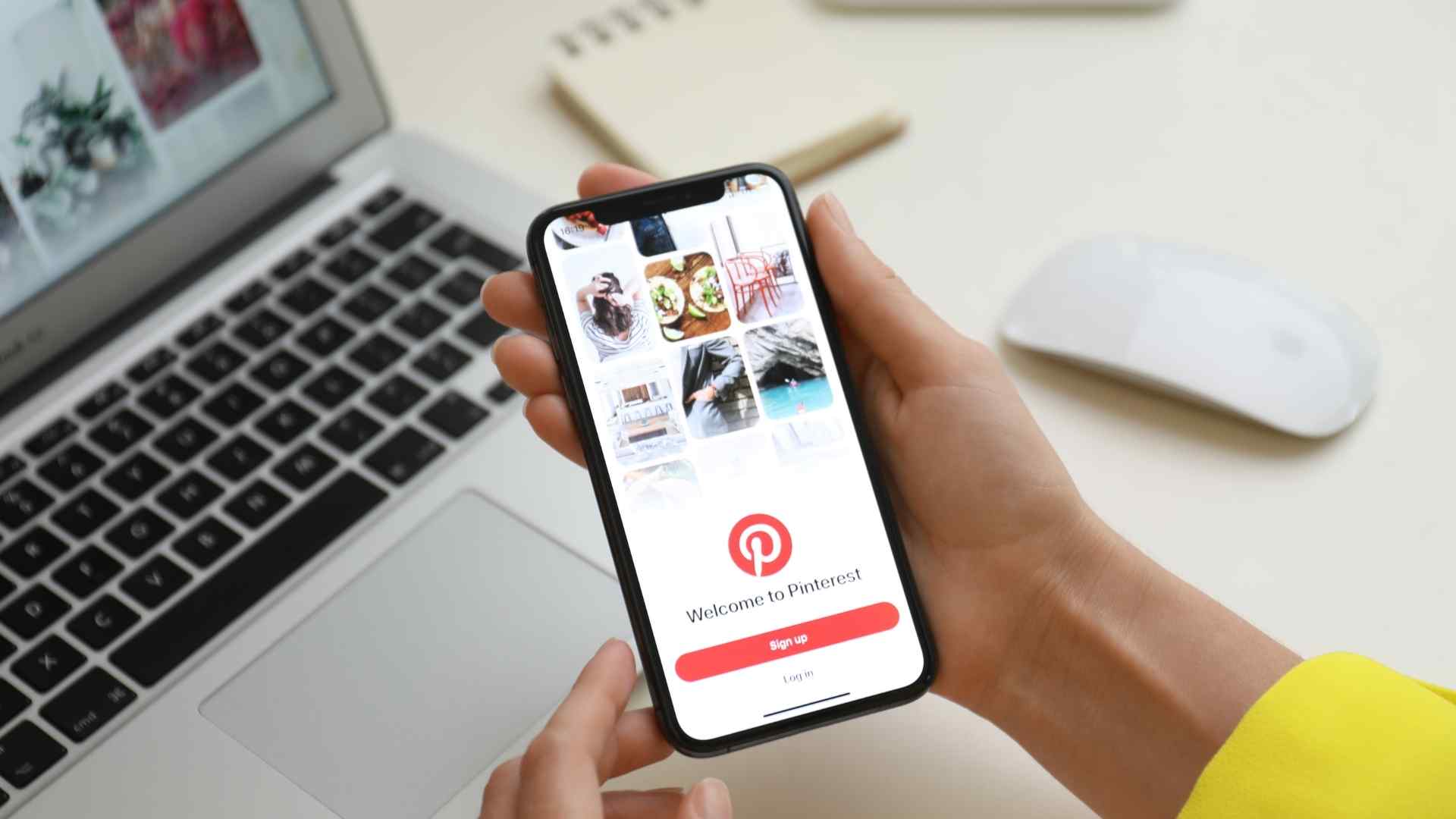Improve Your Pinterest Shopping Ads Performance
Pinterest is not just a place for inspiration boards and DIY ideas. It's a powerful shopping platform where users actively search for products with purchase intent. If you're running Pinterest Shopping Ads, it's essential to use strategies that help your products stand out and convert. Below, we'll walk you through four essential tips to boost your ad performance and get the most out of your Pinterest campaigns.
Enhance Your Product Feed
Your product feed is the foundation of any Shopping Ad campaign. If it's not properly structured or lacks key information, your ads won't perform well no matter how much budget you put behind them.
Here are some practical ways to improve your feed:
- Use clear, rich keyword product titles. These help Pinterest understand and index your products for search.
- Write compelling descriptions. Highlight benefits and include relevant search terms naturally.
- Use high-quality images. Bright, attractive visuals work best on Pinterest's visual-first platform.
- Keep price and availability accurate. An outdated feed can result in poor user experience and reduced ad reach.
Remember: Pinterest pulls directly from your data source. The better your feed, the better Pinterest can match your products with the right audience.
Use Audience Targeting to Its Full Potential
Pinterest offers robust audience targeting tools, and using them wisely can significantly boost ad relevance and ROI. Instead of relying on broad targeting, aim for a more segmented and data-driven approach.
Try the following targeting strategies:
- Create campaigns for specific customer groups. For example, segment based on past buyers, seasonal shoppers, or location.
- Use retargeting. Reach users who have previously visited your site or engaged with your Pins.
- Experiment with actalike audiences. Pinterest's lookalike targeting helps you reach people similar to your best customers.
The more tailored your messaging, the more likely users will engage and convert.
Align Pinterest Shopping Ads with User Intent
Not all Pinterest users are at the same stage of the buying journey. Some are just browsing, while others are ready to make a purchase. Matching your ad format and messaging to these different stages can make your campaign more effective.
| Intent Stage | Example Search | Best Ad Format |
| Awareness | "kitchen decor ideas" | Idea Pins, lifestyle images |
| Consideration | "best coffee machines 2024" | Product round-ups, carousel Pins |
| Purchase | "buy Nespresso machine" | Product Pins with pricing and CTA |
Using content that aligns with user intent helps increase relevance and improves click-through rates.
Track, Test, and Improve Regularly
Pinterest provides detailed analytics that can help you fine tune your campaigns. Instead of "set it and forget it," adopt a performance-driven mindset.
Here's what to focus on:
- Monitor CTRs, conversions, and impressions to identify trends.
- Run A/B tests on headlines, images, and formats.
- Adjust your budget and bids based on what works best.
For example, if your carousel Pins perform better than static ones, allocate more budget to that format. Small adjustments based on real time data can lead to major performance gains over time.
Final Thoughts
Pinterest Shopping Ads can drive serious results when used strategically. By optimizing your product feed, using advanced audience targeting, aligning your content with user intent, and analyzing performance continuously, you'll be well positioned to grow your reach and your sales.
If you're ready to take your Pinterest strategy to the next level, start by applying one or two of these tips today. Over time, you'll build campaigns that not only get clicks but also convert curious users into loyal customers.
